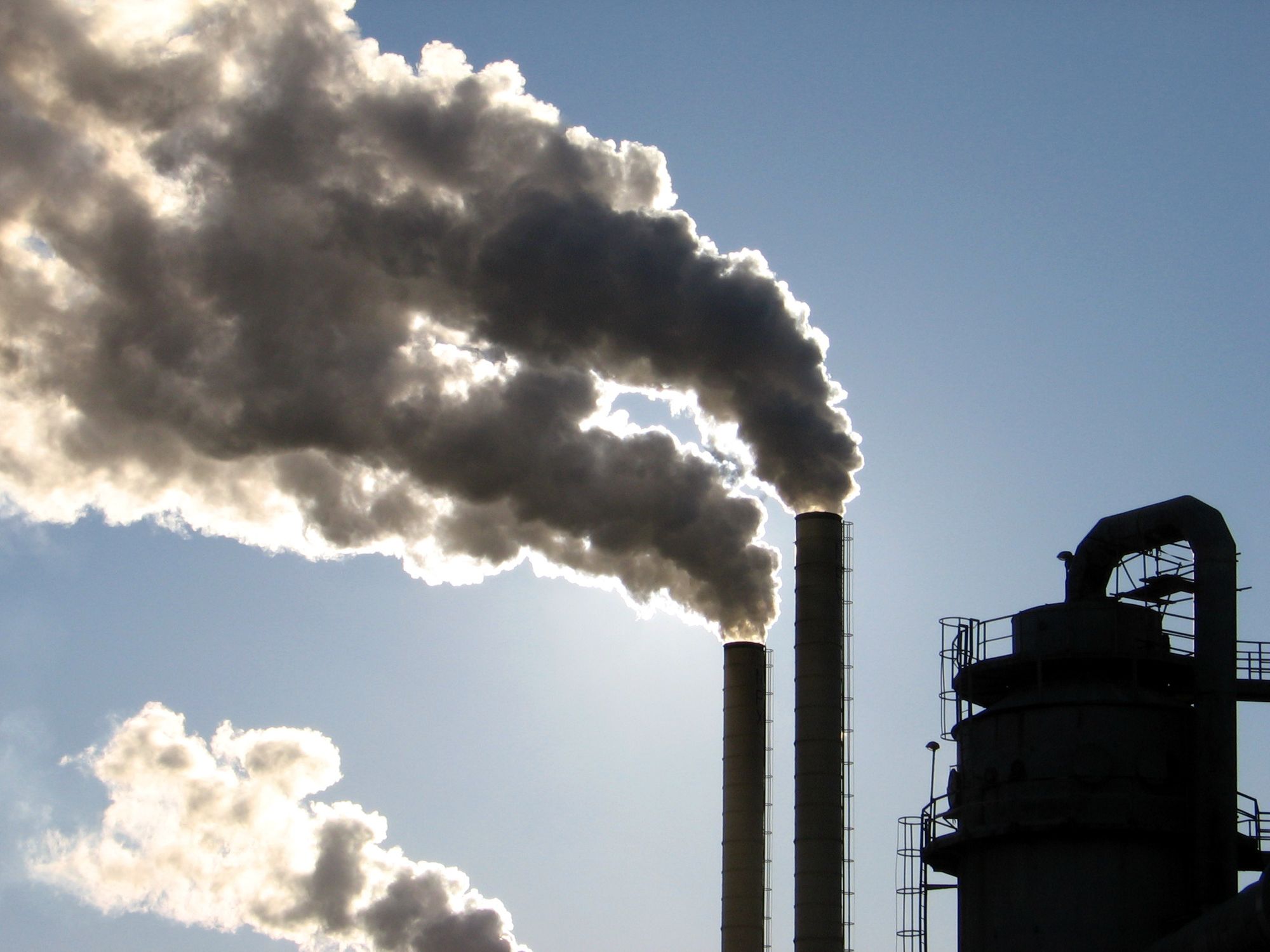After decades of trying, chemists have finally created artificial enzymes that can perform as well as natural enzymes. It is a breakthrough that is sure to benefit all sectors of the chemical industry, as it could lead to ‘industrial catalysts capable of producing methanol using less energy and at a lower cost.’
Enzymes are vital for all life in the universe and are the bedrock of the chemical industry, as they speed up and slow down the chemical reactions that keep us alive and form the chemical reactions that make chemical products.
However, up until now, chemists have only been able to marvel at the efficiency of naturally occurring enzymes, while those who have attempted to create synthetic versions with similar properties and performance have been unsuccessful. But now a team from Stanford University has made a discovery that could lead to cheaper, greener chemicals.
“We took our inspiration from nature,” explains the study’s senior author Matteo Cargnello, an assistant professor of chemical engineering at Stanford. “We wanted to mimic the function of natural enzymes in the laboratory using artificial catalysts to make useful compounds.”
The team began by focusing on a relatively simple catalytic reaction. “We focused on converting toxic carbon monoxide and oxygen into carbon dioxide (CO2),” says PhD student Andrew Riscoe, the study’s lead. “Our goal was to see if the artificial catalyst would function like an enzyme by speeding up the reaction and controlling the way CO2 is produced.”
Observing that most natural protein enzymes contain trace metals such as iron and zinc embedded in their core, the researchers took the precious metal palladium as a base for their experiments. Using it in a nanocrystal form, they embedded it into layers of porous polymers which had been ‘tailored with special catalytic properties.’

The resulting catalyst was then placed in a reactor tube with a constant flow of oxygen and carbon monoxide. Upon heating the tube to 150 degrees Celsius (302 degrees Fahrenheit), the catalyst began generating the desired product, carbon dioxide.
As the Stanford University website reports, “High-energy X-rays from the Stanford Synchrotron Radiation Lightsource (SSRL) at SLAC revealed that the catalyst had traits similar to those seen in enzymes: The palladium nanocrystals inside the catalyst were continuously reacting with oxygen and carbon monoxide to produce carbon dioxide. And some of the newly formed carbon dioxide molecules were getting trapped in the outer polymer layers as they escaped from the nanocrystals.”
“The X-rays showed that once the polymer layers were filled with CO2, the reaction stopped,” said Cargnello. “This is important, because it's the same strategy used by enzymes. When an enzyme produces too much of a product, it stops working, because the product is no longer needed. We showed that we can also regulate the production of CO2 by controlling the chemical composition of the polymer layers.”
The team have now published their results in the journal Nature Catalysis, where they report on, “a modular approach for the systematic synthesis of polymer–nanocrystal hybrids, where palladium nanocrystals are encapsulated within tunable microporous polymer layers. The polymer chemistry and morphology control the catalytic performance of the metal sites, affecting the transition state for CO oxidation and controlling the transport of CO2 away from the active site.” Significantly adding that, “This approach can be applied to other polymer–nanocrystal compositions and catalytic applications and is therefore expected to have an impact in many areas of catalysis.”
“In this work, we demonstrated that we can prepare hybrid materials made of polymers and metallic nanocrystals that have certain traits typical of enzymatic activity,” says Cargnello. “The exciting part is that we can apply these materials to lots of systems, helping us better understand the details of the catalytic process and taking us one step closer to artificial enzymes.”
However, the team are not content to stop there, as they push on to create an artificial catalyst capable of a far more practical and profitable reaction; the conversion of methane into methanol.
Methane is the main constituent in natural gas, converting it into methanol allows it to be used in a wide range of everyday chemical products, such as paints, plastics, antifreeze, textiles, solvents, and even as a potentially greener and cheaper alternative to gasoline fuel.

Currently, methanol is produced via a two-step process that begins by heating natural gas to 1,000 degrees Celsius (1,800 degrees Fahrenheit). However, not only is this expensive and energy-intensive, but it also produces large amounts of CO2 as a by-product, contributing to global climate change.
“An artificial catalyst that directly converts methane to methanol would require much lower temperatures and emit far less CO2,” notes Riscoe. “Ideally, we could also control the products of the reaction by designing polymer layers that trap the methanol before it burns.”
“Our long-term goal is to build a catalyst that behaves like methane monooxoygenase, a natural enzyme that certain microbes use to metabolize methane,” explains Cargnello. “The ability to convert methane to methanol at low temperatures is considered a holy grail of catalysis.”
Now that the breakthrough of an effective artificial enzyme has been made, maybe the Holy Grail is only just around the corner.
Photo credit: Earthstanford, SSRL, Sightline, ScientificAmerican, & Born2invest